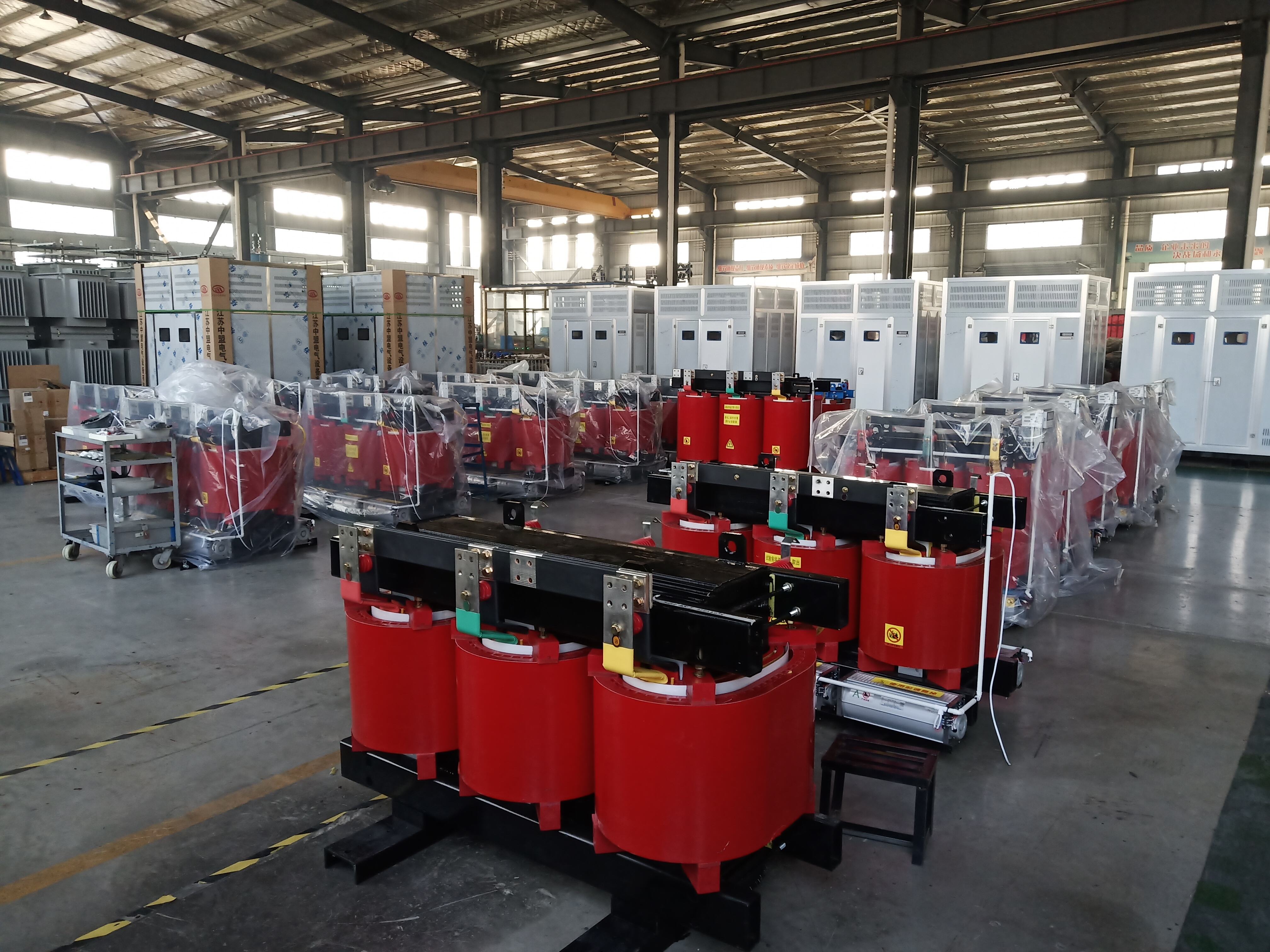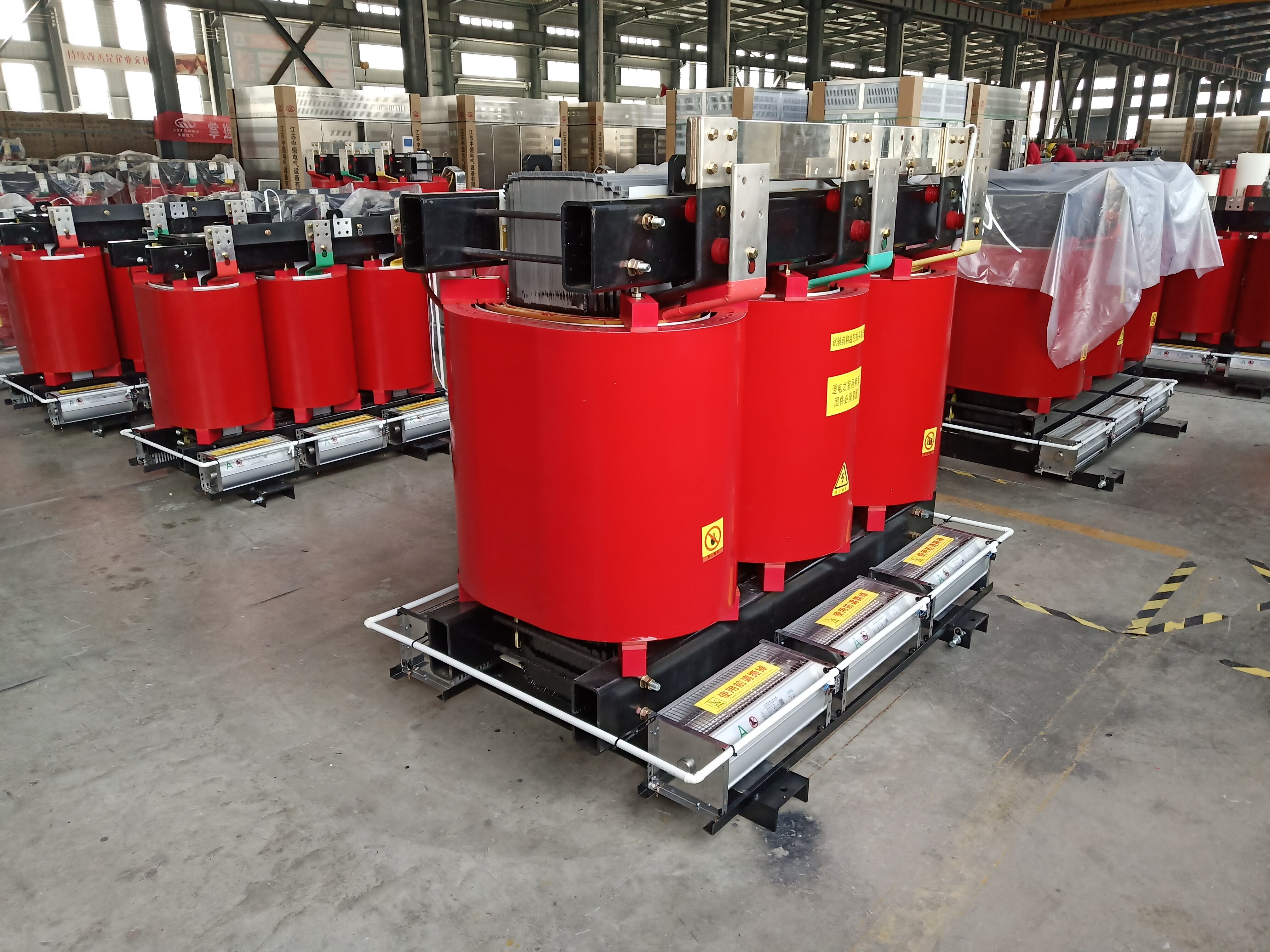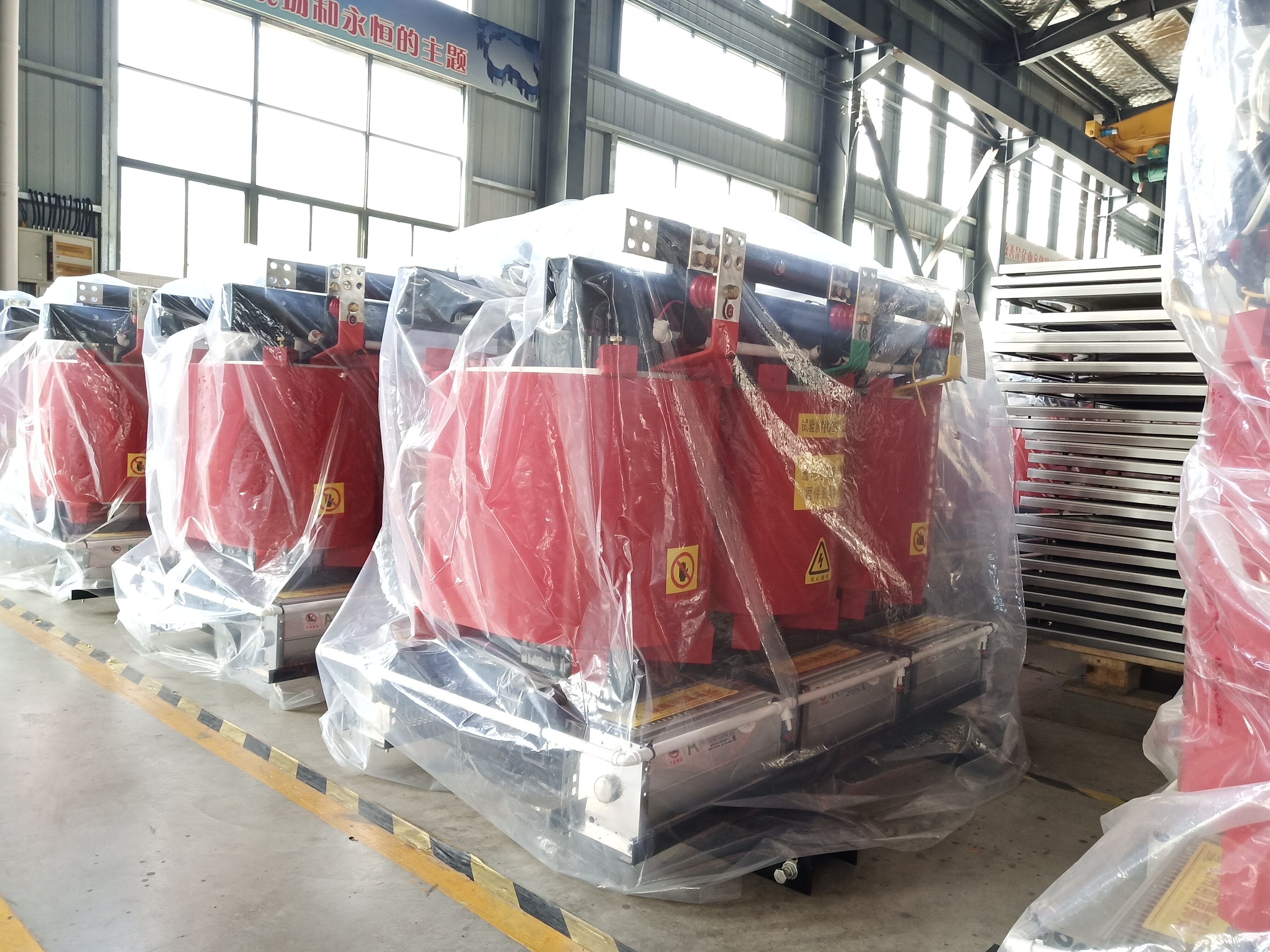power transformer price
Power transformer price represents a crucial consideration in electrical infrastructure investments, encompassing various factors that influence the final cost. These transformers, essential for voltage conversion and power distribution, vary in price based on their capacity, design specifications, and manufacturing quality. Modern power transformers incorporate advanced technologies such as digital monitoring systems, efficient cooling mechanisms, and enhanced insulation materials, all of which affect the overall pricing structure. The price range typically reflects the transformer's capacity, measured in KVA or MVA, with larger units commanding higher prices due to their complex construction and material requirements. Factors such as core material quality, winding design, and protective features contribute to price variations. Market dynamics, including raw material costs, particularly copper and electrical steel, significantly impact transformer prices. Additionally, customization requirements, such as special voltage ratings, tap changing mechanisms, or environmental considerations, can substantially influence the final price. Understanding power transformer pricing is essential for utilities, industries, and infrastructure developers to make informed investment decisions while ensuring reliable power distribution systems.


